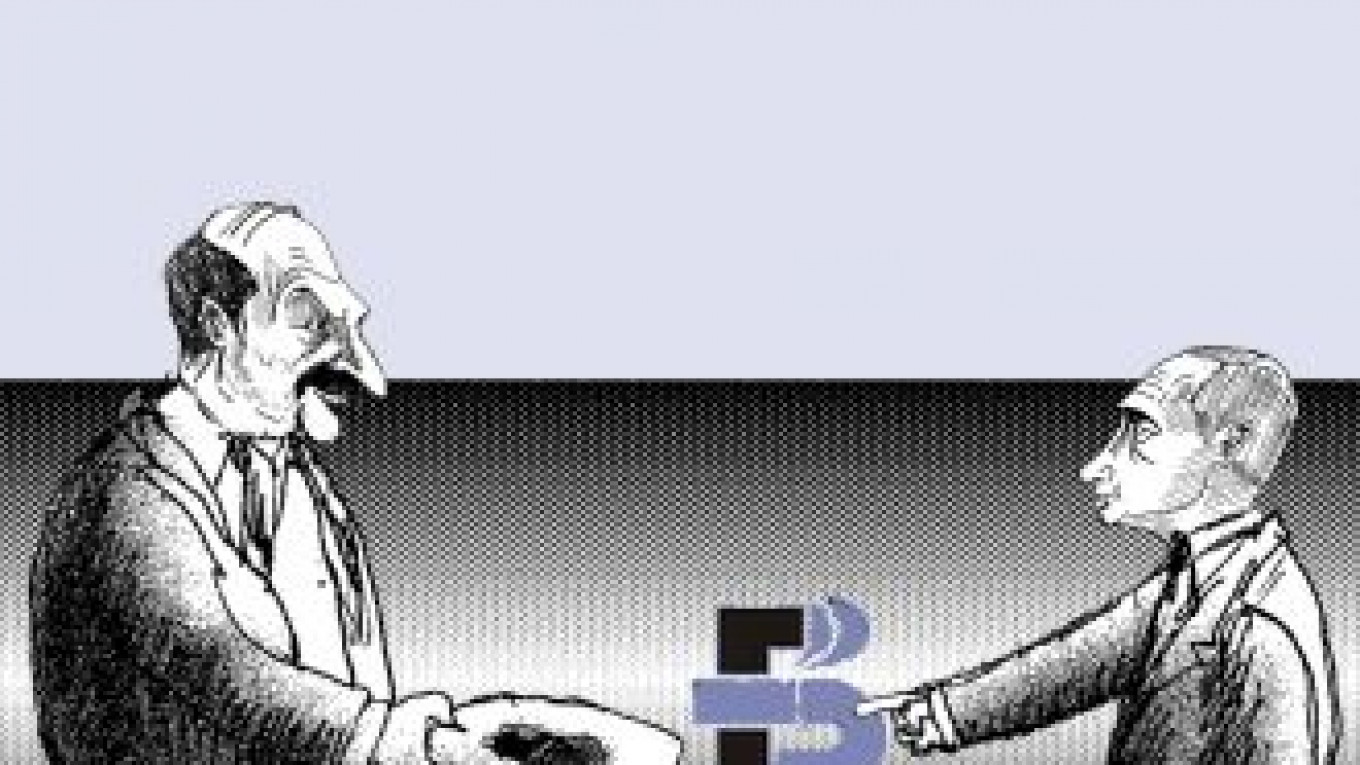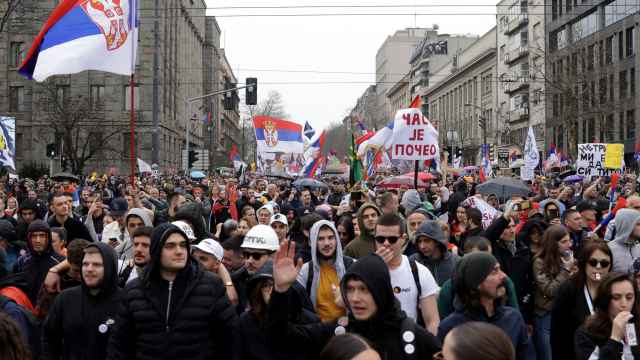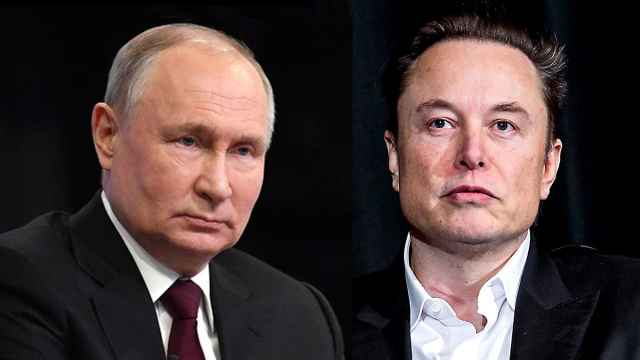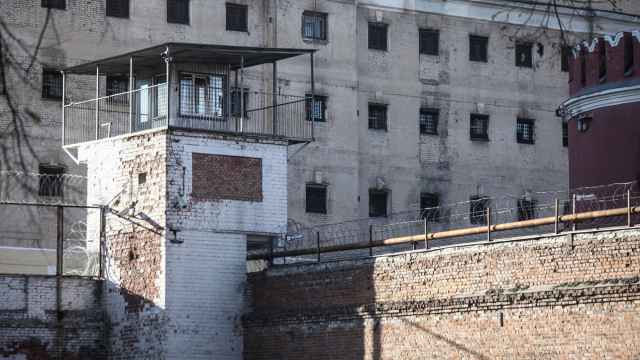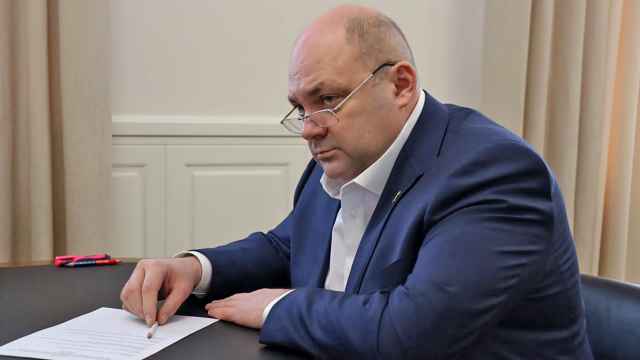Once again, Belarus has entered one of its many payments crises. Usually, such a crisis ends with Russia bailing the country out. A bailout attempt has been carried out this time as well, but this Belarussian crisis may be more onerous.
But is there a crisis? Officially, the country’s gross domestic product grew 7.6 percent last year and the budget deficit amounted to only 3.5 percent of GDP. Do not believe these numbers. Budget expenditures do not include ample state-subsidized loans, and Belarus’ traditionally high inflation conceals some inflation, pumping up the official growth rates in the old Soviet fashion. The Belarussian economy is basically an overregulated Soviet economy that is only partially liberalized. The public sector generates 70 percent of GDP.
President Alexander Lukashenko caused the current payments crisis by hiking public salaries by no less than 50 percent in fall 2010 in preparation for the Dec. 19 presidential election. On his promises of an average wage of $500 a month, nominal wages rose by 41 percent in 2010 and real wages by 25 percent. Even after this populist measure, Lukashenko used unprecedented violence in the election.
Despite the huge, economically unjustified wage hike, Belarus maintained its exchange rate pegged to the U.S. dollar. As a consequence, the country has priced itself out of the market, and its exports cannot keep up with imports. Its current account deficit rose to $8.5 billion, or 15.6 percent of GDP last year, and foreign direct investment is limited to about $2 billion a year.
Therefore, Belarus needs some $6 billion this year in international financing. Traditionally, Russia has contributed such a large amount through implicit energy subsidies, amounting to about 15 percent annually of Belarus’ GDP, because Russia has sold oil and gas at much lower prices to Belarus than to other countries. For years, the Kremlin has tried to reduce these subsidies, but Lukashenko has successfully resisted. His last feat was to extract a net gain from the Kremlin of 2 percent of GDP in lower oil prices in December. Even so, total Russian energy subsidies for Belarus will amount to 7 percent of GDP in 2011, which is insufficient. Any new subsidies are unlikely for the time being considering Lukashenko’s lukewarm relations with the Kremlin.
During the global financial crisis, Belarus for the first time concluded a $2.5 billion emergency program with the International Monetary Fund. But the IMF recently ruled that Belarus’ economic “policies have been loosened to the extent of becoming unsustainable.” Last year, loans increased by an impermissible 38 percent, and these credits are subsidized. Inflation is rising quickly. In April, annualized inflation reached 18 percent, and it could easily surge to 30 percent or more before the end of the year. Hence, the IMF has closed its doors to Belarus, as has the European Union because of gross human rights violations. China chipped in with a large yuan loan during the previous crisis, but that is merely a bilateral clearing facility for imports from China.
In the end, only the Kremlin is interested in helping Lukashenko. After all, Belarus is a member of the customs union together with Russia and Kazakhstan. Russia has also established a special emergency credit facility, the Eurasian Economic Community anti-crisis fund, together with Kazakhstan, Kyrgyzstan, Tajikistan, Armenia and Belarus. Its total volume is supposed to be $10 billion, of which Russia has contributed $7.5 billion. After long negotiations, this fund has decided to offer Belarus a loan of $3 billion to $3.5 billion to be disbursed over three years, with the first installment amounting to $1.24 billion this year. The money is supposed to be disbursed on tough IMF-like conditions. But only the IMF has the routines to supervise their fulfillment, and currently IMF engagement with Belarus is likely to be limited.
The Russians are demanding two key things: a devaluation of the Belarussian ruble, probably by 40 percent, and the privatization of many old Soviet enterprises that big Russian corporations want to buy.
Belarus has started devaluing over the past several weeks. At present, it has three different exchange rates with a spread of 40 percent. The IMF forced Belarus to carry out a similar devaluation two years ago when it adopted its IMF program. An uncontrolled devaluation can easily overshoot, as is currently happening on the free market.
Finance Minister Alexei Kudrin said Tuesday that Belarus has agreed to privatize $2.5 billion in assets per year for the next three years, starting this year. What will be sold remains to be seen. Lukashenko has adamantly opposed major sales of valuable state property.
Some observers argue that the devaluation and privatizations will solve the crisis, presuming that the large Belarussian manufacturing industry rapidly expands its exports and the current account balance quickly improves. Despite Lukashenko, Belarus has several decent economic policymakers.
But this time may be different. The amounts needed are larger. All potential creditors but Russia are alienated. And the sharp increases in public wages qualify among the most absurd policies of Lukashenko’s erratic presidency.
A crucial economic issue is whether the Belarussian economic model is exhausted. This country is producing the finest Soviet goods, but they are still Soviet. Simplified, the country has lived on selling Soviet wares to Russian provinces and refined Russian oil and fertilizers to Western Europe. But the Russian provinces have probably become too sophisticated for any Soviet goods.
And the debt burden is rising. With devaluation, Belarus’ GDP in current dollars would fall sharply from $55 billion in 2010 to about $35 billion in 2011. As a consequence, the foreign debt would rise significantly. The public debt was $11.9 billion at the end of 2010, that is, 34 percent of a new lower GDP. That is worrisome for an international outcast such as Belarus. Adding the corporate debt, Belarus’ total foreign debt would rise to 80 percent of GDP.
The precariousness of the situation is illustrated by the international reserves. Officially, they have fallen below $3 billion, but there are claims that net reserves are negative because of commitments made.
Lukashenko’s ultimate concern is political stability, but the required devaluation in the highly trade-dependent Belarussian economy is likely to reduce real wages by about one-fifth, taking back most of the benefits given before the election. It is unclear whether Belarus’ authoritarian rule could withstand such a shock to the standard of living. But if the government does not devalue, a default would be inevitable. Unenviably, Lukashenko is sailing between a Scylla and Charybdis.
Anders Åslund is a senior fellow of the Peterson Institute for International Economics and co-author with Valdis Dombrovskis of “How Latvia Came Through the Financial Crisis.”
A Message from The Moscow Times:
Dear readers,
We are facing unprecedented challenges. Russia's Prosecutor General's Office has designated The Moscow Times as an "undesirable" organization, criminalizing our work and putting our staff at risk of prosecution. This follows our earlier unjust labeling as a "foreign agent."
These actions are direct attempts to silence independent journalism in Russia. The authorities claim our work "discredits the decisions of the Russian leadership." We see things differently: we strive to provide accurate, unbiased reporting on Russia.
We, the journalists of The Moscow Times, refuse to be silenced. But to continue our work, we need your help.
Your support, no matter how small, makes a world of difference. If you can, please support us monthly starting from just $2. It's quick to set up, and every contribution makes a significant impact.
By supporting The Moscow Times, you're defending open, independent journalism in the face of repression. Thank you for standing with us.
Remind me later.



